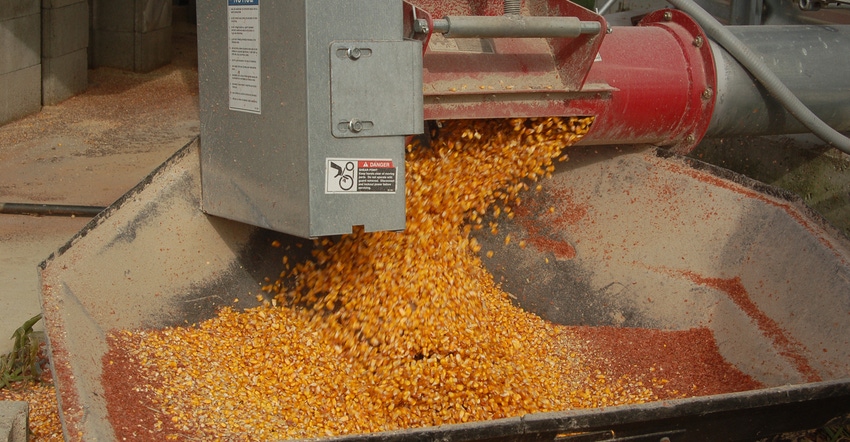November 1, 2021

Due to weather and rapidly changing market conditions from year to year, farm income can vary substantially from one year to the next. For many producers, 2021, and perhaps 2022, are going to be relatively strong farm income years. Therefore, tax planning strategies will be relatively important.
Before discussing tax planning strategies, we will make a distinction between average and marginal tax rates. The average tax rate is computed by dividing estimated taxes by taxable income. A taxpayer’s marginal tax rate is the rate of tax on the last dollar of taxable income.
The average tax rate is typically lower than the marginal tax rate, because the marginal tax rate applies only to the part of taxable income in the highest applicable tax bracket. In general, tax planning reduces the taxpayer’s marginal tax rate, which will in turn reduce his or her average tax rate.
Now, let’s turn to tax planning strategies. High-income taxpayers can take advantage of tax provisions that defer income. Cash basis taxpayers include income when it is actually or constructively received. This means that cash basis taxpayers can defer income by deferring the sale of a commodity.
For example, a crop producer who harvested his crop in October 2021 could defer the income from part or all of this crop by selling part or all of the crop in January 2022. The income from the portion of the crop sold in January would be 2022 income.
Another important tax strategy relates to the timing of input purchases. Cash basis taxpayers typically claim deductions when they pay expenses. A cash basis taxpayer could reduce taxable income by prepaying certain expense items such as feed, seed, fertilizer or fuel. It is important to note, however, that there are restrictions on prepaids, which are outlined in IRS Publication 225, The Farmer’s Tax Guide.
Individual retirement accounts and other retirement contributions are another way to defer the reporting of income. The taxpayer claims a deduction for the contribution when made, and the amounts are not taxed until distributed later, such as at retirement.
Depreciation strategy
Using accelerated depreciation methods can also be used to mitigate taxes in a high-income year. Accelerated depreciation methods include the Section 179 expense deduction and first-year additional depreciation. The Section 179 expense ceiling for 2021 is $1,050,000. This means a taxpayer can deduct up to $1,050,000 in 2021 of the acquisition of qualifying property.
The Section 179 expense ceiling is reduced dollar for dollar when Section 179 property placed in service and ready and available for its specific use during the tax year exceeds $2,620,000. For tax years 2021 and 2022, additional first-year depreciation, often referred to as bonus depreciation, is 100%. This means that taxpayers may deduct 100% in the year the qualified property is placed in service. In general, new machinery and equipment, fences, grain bins, and single-purpose agricultural structures such as a swine finishing barn are eligible for accelerated depreciation. The Section 179 expense deduction is particularly useful when a full expense deduction is not needed. Specifically, unlike additional first-year depreciation, the Section 179 deduction can be used to expense any part of a qualifying asset.
More information can be obtained from IRS Publication 225, The Farmer’s Tax Guide, and by discussing these issues with your tax accountant.
Langemeier is a Purdue University Extension ag economist and associate director of the Purdue Center for Commercial Agriculture.
About the Author(s)
You May Also Like






